Limnophila R. Br.
ambulia, Asian marshweed
Plantaginaceae
Cabomba, Gratiola, Hottonia, Macbridea, Mentha, Mimulus, Myriophyllum, Pogostemon, Proserpinaca, Ranunculus
tropical Asia, Australasia, Africa
Limnophila aquatica Roxb.
L. aromatica (Lam.) Merr. (L. aromaticoides Yang & Yen)
L. australis Wannan & J.T. Waterh.
L. brownii Wannan
L. heterophylla (Roxb.) Benth.
L. indica (L.) Druce
L. rugosa (Roth) Merr.
L. sessiliflora (Vahl) Blume
U.S. Federal Noxious Weed: Limnophila sessiliflora
Identification: Limnophila sessiliflora is one of 13 aquatic to amphibiousamphibious:
(adj) of a plant able to live on land or in waterspecies of Limnophila, all of which are highly polymorphicpolymorphic:
(adj) displaying multiple forms (of, e.g., an organ) in one organismin phenology. Consultation with published literature is recommended for accurate identification of this species. The small sessilesessile:
(adj) attached directly, without a stalkflowers are somewhat typical of this species, but not reliable as a sole diagnostic feature.
North America
L. sessiliflora (Vahl) Blume is an aquatic weed on the U.S. federal noxious weed list.
submersedsubmersed:
see submerged
 , emergentemergent:
, emergentemergent:
(adj) (syn. emersed) with parts raised out of the water; extending up out of the water
 , and amphibiousamphibious:
, and amphibiousamphibious:
(adj) of a plant able to live on land or in water
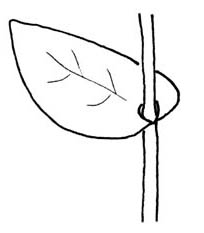 stem plantstem plant:
stem plantstem plant:
(n) (a term used in the aquarium and pond plant trade) having an elongate stem (as opposed to a compact stem)

Annual or perennialperennial:
(adj) (of a plant) having a life cycle of more than two years
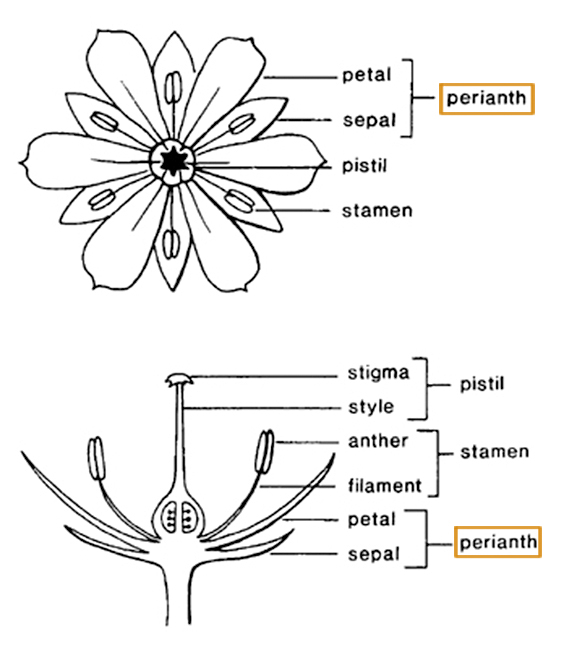 , rooted. Stems ascending or creeping; adventitiousadventitious:
, rooted. Stems ascending or creeping; adventitiousadventitious:
(adj) of an organ growing where it is not normally expected, e.g., roots growing from a stem
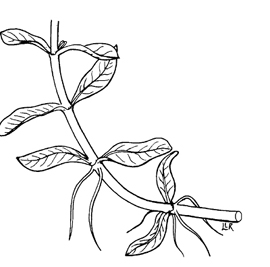 roots produced from leaf nodes. Leaves highly variable in shape, caulescentcaulescent:
roots produced from leaf nodes. Leaves highly variable in shape, caulescentcaulescent:
(adj) having a more or less well developed above-ground stem
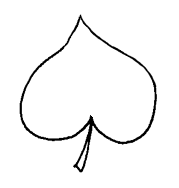 , decussatedecussate:
, decussatedecussate:
(adj) arranged along stem in pairs, with each pair at right angles to the pairs above and below
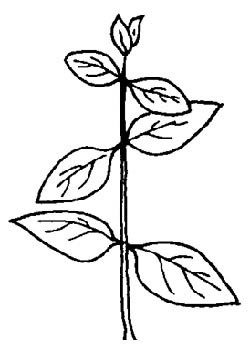 or whorledwhorled:
or whorledwhorled:
(n) bearing whorls; a type of leaf arrangement (phyllotaxis) in which leaves are in whorls
 , sessilesessile:
, sessilesessile:
(adj) attached directly, without a stalk
 or petiolatepetiolate:
or petiolatepetiolate:
(adj) relating to or in the form of a petiole; bearing petioles
 , distinctly heterophyllousheterophyllous:
, distinctly heterophyllousheterophyllous:
(adj) with dissimilar leaves on the same plant; often occurs on plants with both submersed and emersed leaves
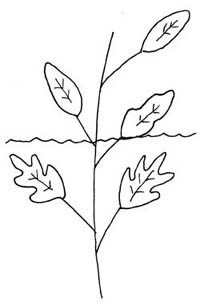 between submersedsubmersed:
between submersedsubmersed:
see submerged
 and emersedemersed:
and emersedemersed:
see emergent
 forms; emersedemersed:
forms; emersedemersed:
see emergent
 leaf bladeblade:
leaf bladeblade:
(n) (syn. lamina) the flat, expanded part of a leaf, frond, or petal (excluding, e.g., the petiole)
 entireentire:
entireentire:
(adj) having a continuous margin that is not toothed or lobed
 , ovateovate:
, ovateovate:
(adj) egg-shaped in outline; generally with the broad end at or near the base
 to lanceolatelanceolate:
to lanceolatelanceolate:
(adj) lance-shaped; widest point below the middle, tapering to the apex
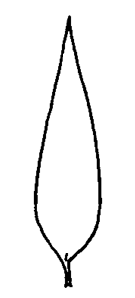 ; submersedsubmersed:
; submersedsubmersed:
see submerged
 blades often highly pinnatisectpinnatisect:
blades often highly pinnatisectpinnatisect:
(adj) pinnately cut or lobed to the midrib
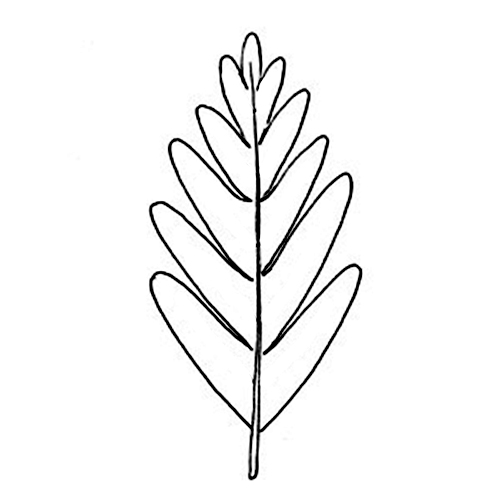 ; venationvenation:
; venationvenation:
(n) the arrangement of veins in a leaf
 pinnate. Flowers solitary in leaf axils or in terminalterminal:
pinnate. Flowers solitary in leaf axils or in terminalterminal:
(adj) at the apex
 or axillaryaxillary:
or axillaryaxillary:
(adj) in, of, or produced from an axil
 spikes or leafy racemes, sessilesessile:
spikes or leafy racemes, sessilesessile:
(adj) attached directly, without a stalk
 or pedicellatepedicellate:
or pedicellatepedicellate:
(adj) borne on a pedicel
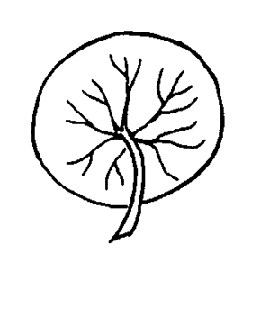 ; sepals 5, subequal; corollacorolla:
; sepals 5, subequal; corollacorolla:
(n) the inner whorl(s) of the perianth; all the petals of a flower
 tubulartubular:
tubulartubular:
(adj) (of a corolla, perianth, calyx tube or other structure) (1) tube-shaped; cylindrical: narrow and elongate with more or less straight sides; (2) having segments fused into a tube (of any shape)
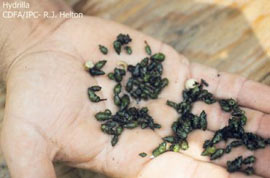 or funnel shaped, 2-lipped; adaxialadaxial:
or funnel shaped, 2-lipped; adaxialadaxial:
(adj) pertaining to the side facing toward the axis, as in the upper surface of a leaf
 lip entireentire:
lip entireentire:
(adj) having a continuous margin that is not toothed or lobed
 or 2- lobedlobed:
or 2- lobedlobed:
(adj) divided into (usually rounded) segments
 ; abaxialabaxial:
; abaxialabaxial:
(adj) the side facing away from the axis, as in the underside of a leaf
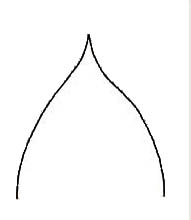 lip 3- lobedlobed:
lip 3- lobedlobed:
(adj) divided into (usually rounded) segments
 ; white, pink, purple or blue, sometimes with conspicuous spots. Dispersal by numerous seeds or by stem fragments.
; white, pink, purple or blue, sometimes with conspicuous spots. Dispersal by numerous seeds or by stem fragments.
rivers, lakes, and swamps
Limnophila contains 18 accepted species and several unresolved names, of which 13 are considered aquatic. Most species have an aromatic (‘turpentine’) odor when damaged. There is confusion concerning the identity of the species traded as L. aromatica and L. aromaticoides. Some authorities separate the two species based on the arrangement of submersedsubmersed:
see submerged
 leaves (oppositeopposite:
leaves (oppositeopposite:
(adj) (of leaves) two leaves per node; in pairs on opposite sides of an axis
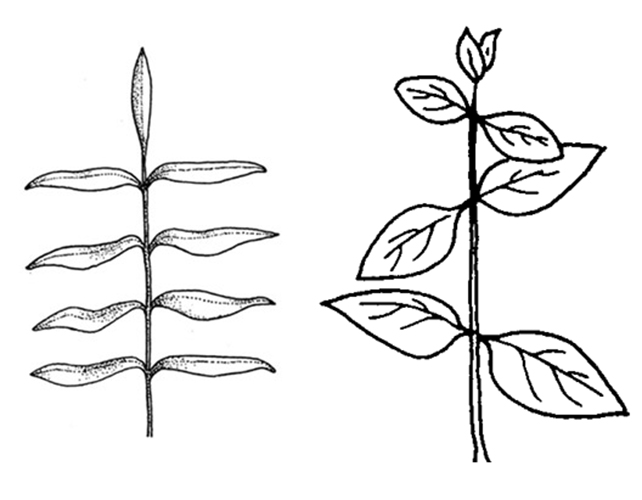 or 3-whorled in L. aromatica; 3 to 10-whorled in L. aromaticoides). Recent consensus suggests that L. aromatica is simply a highly variable species in flower color and leaf arrangement, and L. aromaticoides is one such variety. Limnophila aromatica, also know as Rau om or Rau ngo (in Vietnamese), is sold widely as a fresh herb to garnish and flavor soups and curries. Limnophila aromatica is commonly confused with Penthorum sedoides (also known as wavy Limnophila). Species of Limnophila have highly variable leaf shape among species and between growth forms. Some species have a highly dissecteddissected:
or 3-whorled in L. aromatica; 3 to 10-whorled in L. aromaticoides). Recent consensus suggests that L. aromatica is simply a highly variable species in flower color and leaf arrangement, and L. aromaticoides is one such variety. Limnophila aromatica, also know as Rau om or Rau ngo (in Vietnamese), is sold widely as a fresh herb to garnish and flavor soups and curries. Limnophila aromatica is commonly confused with Penthorum sedoides (also known as wavy Limnophila). Species of Limnophila have highly variable leaf shape among species and between growth forms. Some species have a highly dissecteddissected:
(adj) (of leaves) +/- deeply divided, cut, or lobed, including being compound
 submersedsubmersed:
submersedsubmersed:
see submerged
 leaf shape, with simple emersedemersed:
leaf shape, with simple emersedemersed:
see emergent
 leaves; in other species both submersedsubmersed:
leaves; in other species both submersedsubmersed:
see submerged
 and emersedemersed:
and emersedemersed:
see emergent
 leaves are simple with a slightly serrated marginmargin:
leaves are simple with a slightly serrated marginmargin:
(n) edge; rim
 . There are numerous Limnophila species in the trade where the species name is unknown.
. There are numerous Limnophila species in the trade where the species name is unknown.